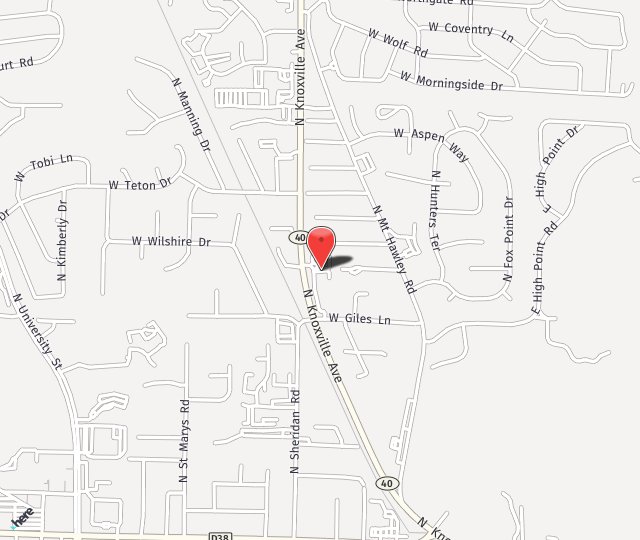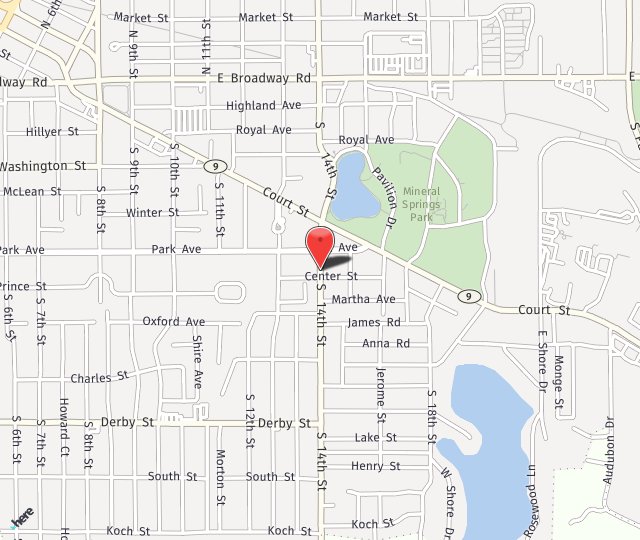Diabetes is a disease that affects blood vessels throughout the body, particularly vessels in the kidneys and eyes. When the blood vessels in the eyes are affected, this is called diabetic retinopathy.
Take Our Diabetes Evaluation To Assess Your Risk
The retina is in the back of the eye. It detects visual images and transmits them to the brain. Major blood vessels lie on the front portion of the retina. When these blood vessels are damaged due to diabetes, they may leak fluid or blood and grow scar tissue. This leakage affects the ability of the retina to detect and transmit images.
During the early stages of diabetic retinopathy, reading vision is typically not affected. However, when retinopathy becomes advanced, new blood vessels grow in the retina. These new vessels are the body's attempt to overcome and replace the vessels that have been damaged by diabetes. However, these new vessels are not normal. They may bleed and cause the vision to become hazy, occasionally resulting in a complete loss of vision. The growth of abnormal blood vessels on the iris of the eye can lead to glaucoma. Diabetic retinopathy can also cause your body to form cataracts.
The new vessels also may damage the retina by forming scar tissue and pulling the retina away from its proper location. This is called retinal detachment and can lead to blindness if left untreated.
Symptoms of Diabetic Retinopathy:
- There are usually no symptoms in the early stages of diabetic retinopathy
- Floaters
- Difficulty reading or doing close work
- Double vision
- If left untreated, severe vision loss can occur
Causes of Diabetic Retinopathy:
Diabetes: Everyone who has diabetes is at risk for developing diabetic retinopathy, but not everyone develops it. Changes in blood sugar levels increase the risk. Generally, diabetics don’t develop diabetic retinopathy until they’ve had diabetes for at least 5 years.
You can reduce your risk of developing diabetic retinopathy by:
- keeping your blood sugar under control.
- monitoring your blood pressure.
- maintaining a healthy diet.
- exercising regularly.
- getting an eye exam at least once a year.
Diagnosing Diabetic Retinopathy:
There are usually no symptoms in the early stages of diabetic retinopathy. Vision may not change until the disease becomes severe. An exam is often the only way to diagnose changes in the vessels of your eyes. This is why regular examinations for people with diabetes are extremely important.
You eye doctor may perform a test called fluorescein angiography. During the test, a harmless orange-red dye called Fluorescein will be injected into a vein in your arm. The dye will travel through your body to the blood vessels in your retina. Your doctor will use a special camera with a green filter to flash a blue light into your eye and take multiple photographs. The pictures will be analyzed to identify any damage to the lining of the retina or atypical new blood vessels.
Treatment for Diabetic Retinopathy:
Diabetic retinopathy does not usually impair sight until the development of long-term complications, including proliferative retinopathy (when abnormal new blood vessels bleed into the eye). Proliferative retinopathy can cause Macular Edema, which is treated with Anti-VEGF injections, MicroPulse Laser treatments and if the proliferative retinopathy gets too far out of control then pan-retinal photocoagulation treatment may be suggested.
If diabetic retinopathy has caused your body to form cataracts, they can be corrected with cataract surgery.


